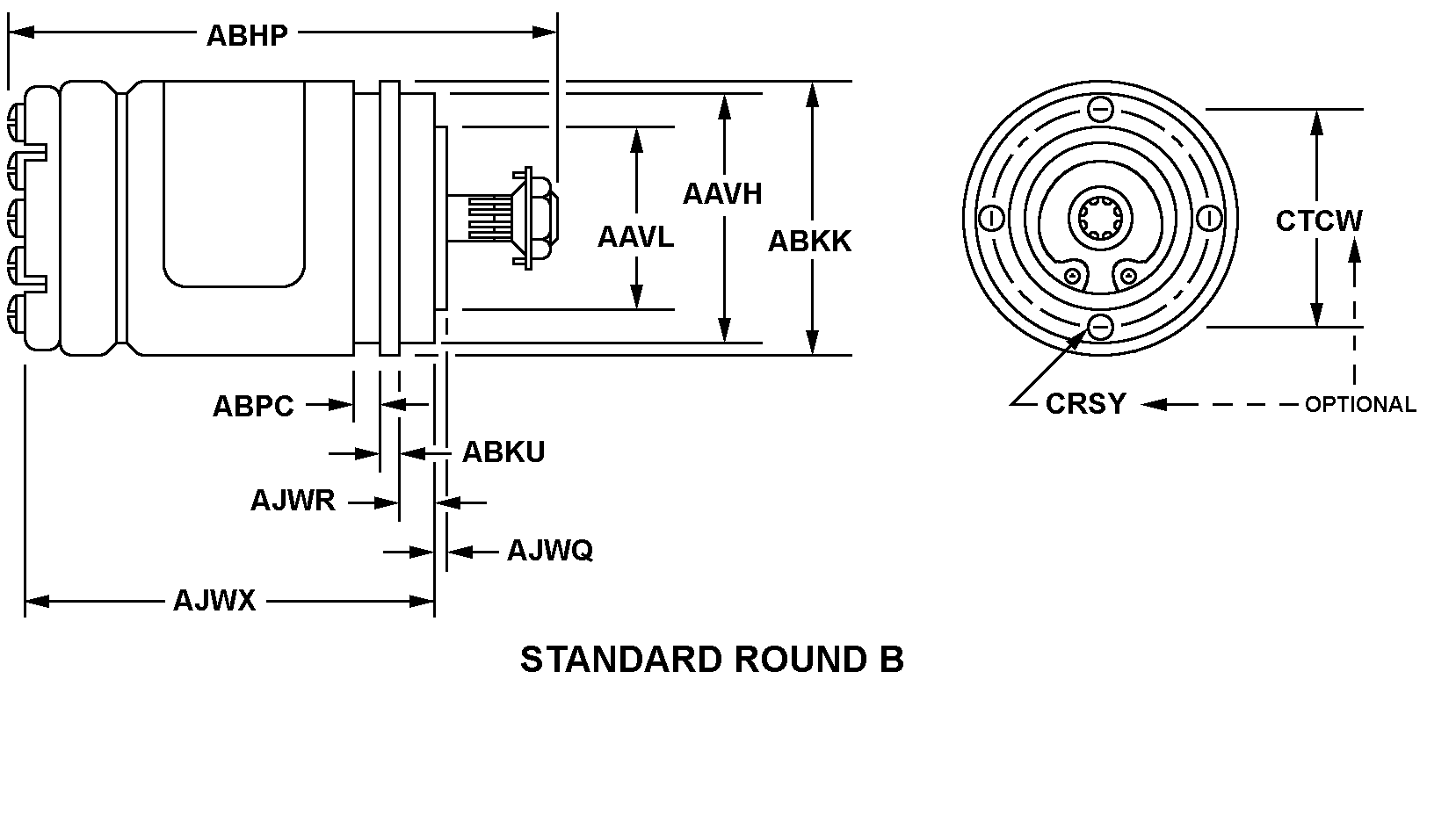5990011769731
Price Quote Get an up to date pricing and availability quote for this product. Order online or over the phone.
Quality Commitment
Serving our customers with quality and safety first.
- AS9120 Certified
- Audited supply chain
- ITAR Registered
- DDTC Registered
- HAZMAT Certified
- Customer service objectives
- Every product 100% inspected

5990-01-176-9731 Specification Set by the OEM (see RNCC code 3)
steel, corrosion resisting
standard round b
1.0000in.
0.6250in.
2.5000in. ⁓2-1/2"
1.0625in.
0.9375in.
0.0625in.
0.2000in. single shaft
0.6010in. single shaft
an/SPS-64 (v) 8
11
26.0
23.0 amperes
7.0 watts
26.0
400.0
0.0625 in.
0.0738 in.
1.7500in.
rear
round, flatted single shaft
0.1510in. single shaft
0.5400in. single shaft
12 tab w/screw
Cross Reference Parts Part numbers that meet the specification outlined on this page and set by the OEM
Identification Item Identification Guide (IIG) and Item Name Code (INC)

Definition Definition of approved item name (AIN): "RESOLVER,ELECTRICAL"
An item consisting of a rotor and a stator inductively coupled. It usually has two rotor windings displaced from each other by 90 degrees and two stator windings similarly displaced. The output voltage(s) is a trigonometric function of the input voltage(s) and the angular displacement of the rotor with respect to the stator. See also synchro (as modified) and goniometer, electrical. Excludes transolver, electrical and potentiometer sine/cosine electrical resolvers.
5990-01-176-9731 Material Hazmat, Precious Metals, Criticality, Enviroment, and ESD
Indicates there is no data in the hmirs and the nsn is in a fsc not generally suspected of containing hazardous materials.
Item does not contain precious metal.
To be assigned to an item containing embedded adpe that meets one or more of the definitions for codes 1 through 6.
The item does not have a nuclear hardened feature or any other critical feature such as tolerance, fit restriction or application.
Identification Codes
HMIC: Hazardous Material Indicator Code. A one position code that identifies a hazardous item.
PMIC: Precious Metal Indicator Code. A one position code which identifies items that have precious metals as part of their content. precious metals are those metals generally considered to be uncommon, highly valuable, and relatively superior in certain properties such as resistance to corrosion and electrical conductivity.
ESD: Electrostatic Discharge. Indicates if an item is susceptible to electrostatic discharge or electromagnetic interference damage. electrostatic discharge damage occurs when an accumulation of static electricity generated by the relative motion or separation of materials is released to another item by direct contact. electromagnetic interference damage occurs when an item comes into proximity with an electrostatic or magnetic field.
ENAC: Enviromental Attribute Code. Identifies items with environmentally preferred characteristics.
CRITL: Criticality Indicator Code. Indicates an item is technically critical by tolerance, fit, application, nuclear hardness properties, or other characteristics.






